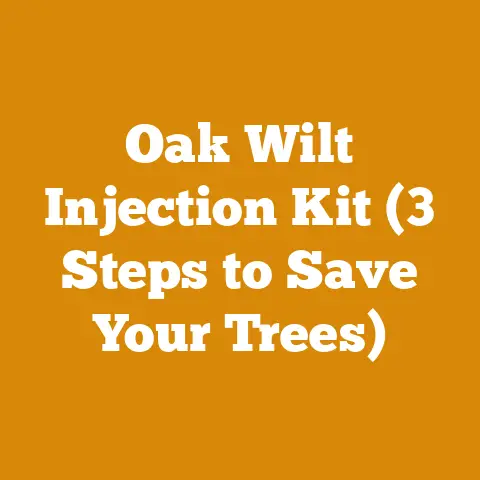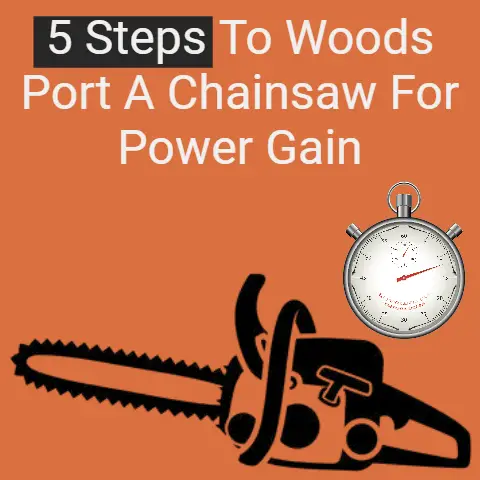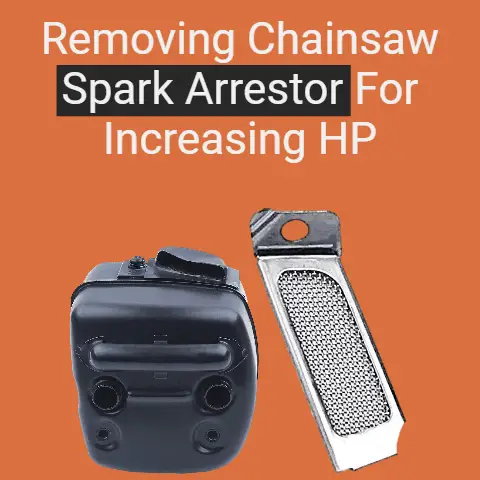Oregon Chainsaw Electric Sharpener (5 Reasons to Upgrade)
Solving the Dull Chainsaw Dilemma
If you’ve ever tried cutting wood with a dull chainsaw blade, you know how quickly frustration can build. I’ve been there countless times, trudging through the woods or working in the backyard, only to find that my chainsaw isn’t performing up to par. It’s not just about efficiency; a dull blade can be dangerous. That’s where the Oregon Chainsaw Electric Sharpener comes in. This upgrade changed everything for me, and I want to share why it might just be a game-changer for you too.
Why Upgrade to the Oregon Chainsaw Electric Sharpener?
1. Precision Sharpening
Sharpening a chainsaw by hand is like trying to hit a moving target. You’ve got to get the angles just right, and if you’re off even a little, you’ll end up with uneven cuts and a chain that wears out faster. I remember my early days of sharpening by hand; it was more art than science. With the Oregon electric sharpener, that guesswork is eliminated.
- Consistent Angles: This sharpener is designed to maintain precise angles every time. No more squinting at the chain and hoping you’ve got it right.
- Adjustable Settings: Whether you’re dealing with different chain sizes or specific cutting requirements, this tool adjusts accordingly. You’ll get the perfect grind tailored to your needs.
When I first used it, I was skeptical. Could a machine really do what I couldn’t? But after running my first chain through it, I was a believer. The chain came out razor-sharp, slicing through wood like butter.
2. Time-Saving Convenience
Let’s face it: we’re all busy. Whether you’re a professional lumberjack or someone who just enjoys working with wood on weekends, spending hours sharpening a chain isn’t ideal.
- Quick Setup: Setting up the Oregon sharpener is a breeze. Once you’ve done it a couple of times, it becomes second nature.
- Fast Operation: A dull chain that used to take me an hour to sharpen manually now takes about 15 minutes with this sharpener.
I used to dread sharpening sessions. Now? I almost look forward to them because I know they won’t eat up my entire afternoon.
3. Durability and Longevity
Chains are expensive, and wearing them out prematurely due to improper sharpening is like throwing money down the drain. The Oregon sharpener changed that for me.
- Quality Build: This isn’t some flimsy gadget that’s going to fall apart after a few uses. It’s built to last and handles frequent use without any hiccups.
- Improved Chain Life: By ensuring each tooth is sharpened correctly every time, you extend the life of your chains significantly.
It’s not just about cost savings; it’s about knowing that your equipment is going to perform when you need it most.
4. This sharpener is designed with the user in mind.
- Easy Adjustments: A simple guide helps you adjust the sharpener to your specific chain type. No need for complex calculations or guesswork.
- Clear Instructions: The included manual is straightforward and easy to follow. Even if you’ve never sharpened a chain before, you’ll be up and running in no time.
I remember showing this tool to a friend who had never sharpened his own chains before. Within minutes, he was confidently working through his chains like he’d been doing it for years.
5. Safety Features
Working with chainsaws and sharpeners involves inherent risks, and safety should always be front and center.
- Protective Guards: These keep sparks and debris away from your hands, minimizing the risk of injury.
- Secure Clamping Mechanism: Holds the chain firmly in place, preventing accidents that can occur when things slip or shift unexpectedly.
Safety was one of my biggest concerns before upgrading, but with these features, I feel much more secure during sharpening sessions.
Getting Started: What You Need
Prerequisites
Before diving into sharpening, make sure you have:
- Basic understanding of chainsaw parts
- Familiarity with safety protocols
Required Materials
Gather these items before starting:
- Oregon Chainsaw Electric Sharpener
- Your dull chainsaw chain
- Safety gloves and goggles
- User manual for reference
Step-by-Step Guide to Using the Oregon Sharpener
Step 1: Set Up Your Workspace
Find a stable surface with good lighting. Clear away any clutter to avoid distractions.
Step 2: Prepare Your Chain
Remove the chain from the saw and clean off any debris or oil. Inspect for damage that might need fixing before sharpening.
Step 3: Adjust the Sharpener
- Install the grinding wheel that matches your chain size.
- Use the guide to set the correct angle based on your chain’s specifications.
- Adjust the depth gauge to ensure precise grinding.
Step 4: Sharpening Process
- Place the chain in the clamp.
- Secure it firmly using the clamping mechanism.
- Turn on the sharpener and gently bring the wheel into contact with the tooth.
- Move from tooth to tooth, maintaining consistent pressure and speed.
Step 5: Final Checks
Once sharpened:
- Inspect each tooth for uniform sharpness.
- Test the chain on a piece of scrap wood to ensure it cuts smoothly.
Tips and Warnings
Safety Tips
- Always wear safety gloves and goggles.
- Keep your hands clear of the grinding wheel.
Common Mistakes to Avoid
- Over-grinding teeth can weaken them.
- Skipping steps in setup may lead to poor results.
Troubleshooting Tips
If your chain isn’t cutting well after sharpening:
- Double-check angle settings.
- Ensure each tooth is evenly sharpened.
Wrapping Up
So there you have it—a detailed look into why upgrading to an Oregon Chainsaw Electric Sharpener can save you time and frustration while keeping you safe and efficient. Remember, a well-sharpened chainsaw not only performs better but also keeps you safer in those demanding cutting scenarios.
FAQs
How often should I sharpen my chainsaw?
It depends on usage, but typically after every tank of fuel for optimal performance.
Can I use the sharpener for any chainsaw model?
Yes, as long as the chain fits within the sharpener’s specifications.
What if my chain breaks during sharpening?
Stop immediately and inspect for damage. Replace any broken links before continuing.
Is professional sharpening still necessary?
With regular use of this sharpener, professional services should be rare unless major damage occurs.






